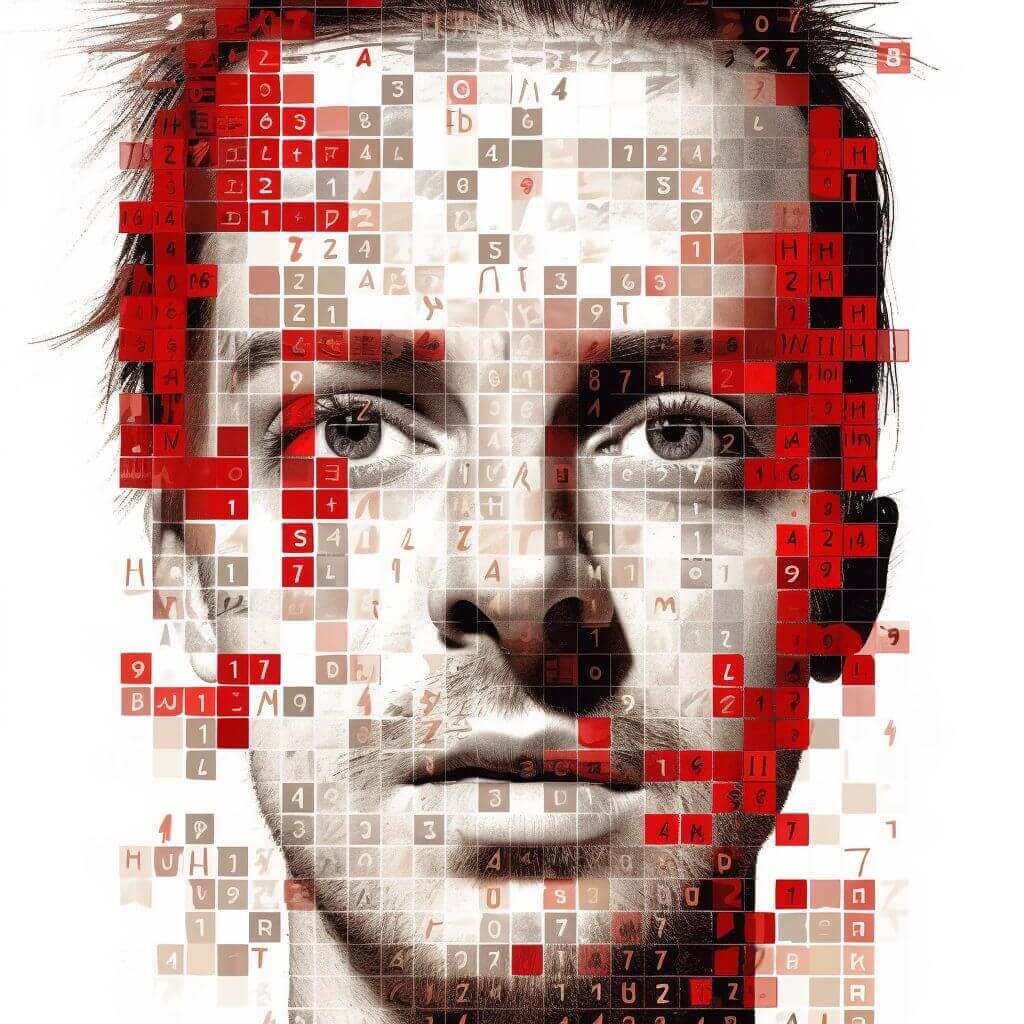
The Adidas GPT-5 chronicles

Vector Databases
Blog written by: Lukas Selin - Developer at playground TV
Follow the post here
Tokens: The Currency of Language Processing 🎟️💬
In the context of LLMs, tokens can be thought of as units of text that the models process and generate. They can represent individual characters, words, subwords, or even larger linguistic units, depending on the specific tokenization approach used. Tokens act as a bridge between the raw text data and the numerical representations that LLMs can work with.
Tokenization: Breaking Text into Meaningful Units ✂️🔠
Tokenization is the process of dividing a piece of text into tokens. It involves segmenting the text into meaningful units to capture its semantic and syntactic structure. Various tokenization techniques are employed, such as word-level tokenization, subword-level tokenization (e.g., using byte-pair encoding or WordPiece), or character-level tokenization. Each technique has its advantages and trade-offs, depending on the specific language and task requirements.
Vocabulary: Mapping Tokens to Numerical Representations 🗺️🔢
A critical component of tokenization is building a vocabulary, which maps tokens to unique numerical representations. LLMs work with numerical inputs, so each token in the vocabulary is assigned a unique identifier or index. This mapping allows LLMs to process and manipulate text data as numerical sequences, enabling efficient computation and modeling.
Token Encoding: Embedding Meaning into Numbers 🧠🔤
To capture the meaning and semantic relationships between tokens, LLMs employ token encoding techniques. These techniques transform tokens into dense numerical representations called embeddings. Embeddings encode semantic and contextual information, enabling LLMs to understand and generate coherent and contextually relevant text. Advanced architectures like transformers use self-attention mechanisms to learn dependencies between tokens and generate high-quality embeddings.
Token Limitations: Challenges in Handling Long Sequences ⚠️📏
Tokens play a vital role in LLMs, but they also introduce limitations, particularly when dealing with long sequences of text. LLMs typically have a maximum token limit due to computational constraints. Processing very long sequences can be memory-intensive and may lead to increased computational complexity. Handling long sequences often requires techniques like truncation, where only a portion of the text is considered, or sliding window approaches that process the text in segments.
Token Variants: Addressing Multilingual and Multimodal Challenges 🗺️📷🔠
LLMs have extended their capabilities to handle multilingual and multimodal inputs. To accommodate the diverse nature of such data, specialized tokenization approaches have been developed. Multilingual tokenization handles multiple languages within a single model by leveraging language-specific tokenizers or subword techniques. Multimodal tokenization combines text with other modalities, such as images or audio, using techniques like fusion or concatenation to represent different data sources effectively.
Token-Level Operations: Manipulating Text with Precision ✂️🧩
Tokens enable fine-grained operations on text data at the token level. LLMs can generate tokens, replace tokens, or mask tokens to modify the text in meaningful ways. These token-level operations have applications in various natural language processing tasks, such as machine translation, sentiment analysis, and text summarization.
The Importance of Tokenization in LLMs: Efficiency, Flexibility, and Generalization 🚀🔤
Tokenization plays a crucial role in the efficiency, flexibility, and generalization capabilities of LLMs. By breaking text into smaller, manageable units, LLMs can process and generate text more efficiently, reducing computational complexity and memory requirements. Moreover, tokenization provides flexibility by accommodating different languages, domain-specific jargon, and even emerging forms of text, such as internet slang or emojis. This flexibility allows LLMs to handle a wide range of text inputs, enhancing their applicability across various domains and user contexts.
Tokenization Trade-Offs: Balancing Granularity and Semantic Understanding ⚖️🔎
The choice of tokenization technique involves trade-offs between granularity and semantic understanding. Word-level tokenization captures the meaning of individual words but may struggle with out-of-vocabulary (OOV) terms or morphologically rich languages. Subword-level tokenization provides more flexibility and handles OOV terms by breaking down words into subword units. However, it introduces the challenge of correctly interpreting the meaning of subword tokens in the context of the whole sentence. The choice of tokenization technique depends on the specific task, language characteristics, and available computational resources.
Tokenization Challenges: Handling Noisy or Irregular Text Data 🌊⚠️
Real-world text data often contains noise, irregularities, or inconsistencies. Tokenization faces challenges when dealing with misspellings, abbreviations, slang, or grammatically incorrect sentences. Handling such noisy data requires robust preprocessing techniques and domain-specific adjustments in tokenization rules. Additionally, tokenization may encounter difficulties in handling languages with complex writing systems, such as logographic scripts or languages without clear word boundaries. Addressing these challenges often involves specialized tokenization approaches or adaptations to existing tokenizers.
Beyond Text Tokens: Expanding the LLM Paradigm 🌐🔤
While tokens traditionally represent text units, the concept of tokens is expanding beyond just linguistic elements. Recent advancements have explored tokenizing other modalities such as images, audio, or video, allowing LLMs to process and generate text in conjunction with these modalities. This multimodal approach opens up new opportunities for understanding and generating text in the context of rich, diverse data sources. It enables LLMs to analyze image captions, generate textual descriptions, or even provide detailed audio transcriptions.
The Future of Tokenization: Advancements and Innovations 🚀🔮
The field of tokenization is a dynamic and evolving area of research. Future advancements will focus on addressing the limitations of tokenization, improving OOV handling, and accommodating the needs of emerging languages and text formats. Research efforts will continue to refine tokenization techniques, incorporating domain-specific knowledge and leveraging contextual information to enhance semantic understanding. The ongoing evolution of tokenization will further empower LLMs to process and generate text with even greater accuracy, efficiency, and adaptability.
In conclusion, tokens are the essential building blocks that power the language processing capabilities of LLMs. Understanding the role of tokens in LLMs, along with the challenges and advancements in tokenization, enables us to unlock the full potential of these models. As we continue to explore the fascinating world of tokens, we're poised to revolutionize the way machines understand and generate text, pushing the boundaries of natural language processing and fostering innovative applications in various domains.
To the stars and above!

